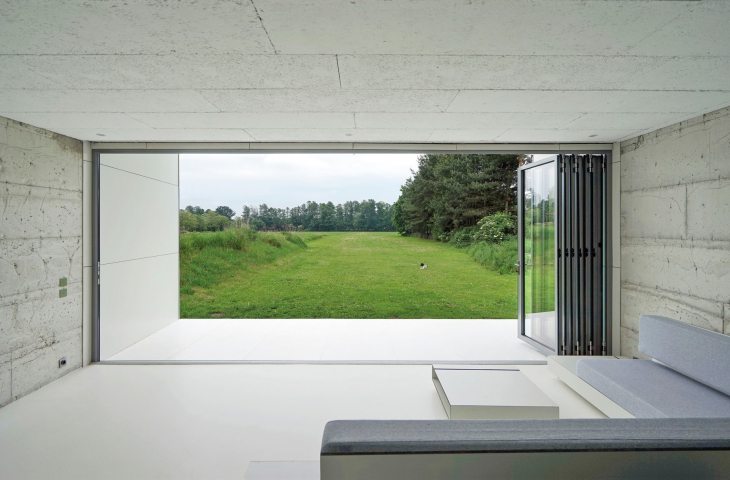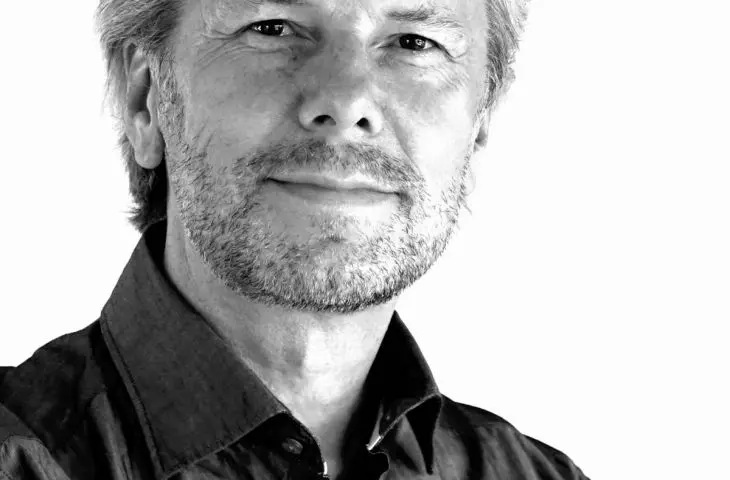Article taken from A&B 06|2023 issue
Energy solutions in architecture
As we await disruptive innovations that will perhaps solve mankind's energy problems—history teaches us that we cannot predict them in advance—there is nothing left for us today but to try to deal with the current situation by making the best use of the means at our disposal at the moment. One possibility for reducing centrally supplied energy consumption is energy activation of buildings. There is underestimated potential in this, not only in terms of energy, but also in terms of architecture.
Wormhouse, Zablocie
Photo: Mariusz Gruszka © Piotr Kuczia
A special role in this aspect is played by the rational use of sunlight through the appropriate shaping of buildings, both their functional and technical structure, as well as their external partitions: roofs and facades. It is these that can become not only energy barriers, but also generators of additional energy.
Wormhouse, Zablocie
Photo: Mariusz Gruszka © Piotr Kuczia
The use of the sun in buildings can be done in a passive way, through the proper design and orientation of transparent surfaces: windows, coatings, membranes. Properly designed, they contribute to solar energy harvesting and force natural ventilation of rooms. An example is the small single-family house I designed, Wormhouse, in Zablocie, where large glass surfaces made of fully openable accordion windows bring light and heat from the sun and, if necessary, fresh air into the interiors. The projection of the loggia roof passively protects against overheating in summer, while the transparent facade membrane creates a thermal buffer using the greenhouse effect.
Solar House, Krakow
photo by Tomek Zakrzewski © Piotr Kuczia
The second basic way of obtaining solar energy is to use systems on the partitions that actively convert the sun's rays into energy: heat in the case of collectors (in our latitudes this is already a rather dying technology) or electricity—by means of photovoltaic cells. As an architect, I am thinking here, of course, not of mindlessly superimposing standard checkered modules in aluminum frames on an existing roof, but of integrating photovoltaic elements into the architecture of buildings: as unobtrusive BIPV (Building Integrated Photovoltaic) or as consciously exposed BEPV (Building Exposed Photovoltaic). Aesthetically pleasing glass photovoltaic panels offered on the market today provide great possibilities in forming the surface of facades and roofs, replacing conventional facade materials. The author's solar house project in Kraków is one such example.
Solar House, Krakow
Photo: Tomek Zakrzewski © Piotr Kuczia
Both approaches: passive and active, can be an excellent pretext for innovative creation of architecture. I would treat them more as an opportunity than an obstacle to design. Both approaches: passive and active, can be an excellent pretext for innovative creation of architecture. I would treat them more as an opportunity than an obstacle to design.
Piotr Kuczia
Piotr Kuczia—Architect active in Germany and Poland, specializing for years in the field of energy-active and solar building. His projects have been extensively published in more than sixty books and hundreds of magazines on five continents and shown at exhibitions in many countries in Europe and Asia. He is the author of the book „Educating Buidlings,” published in Germany, and initiated the international Design Educates Awards. Winner of more than seventy awards in prestigious global competitions.






























